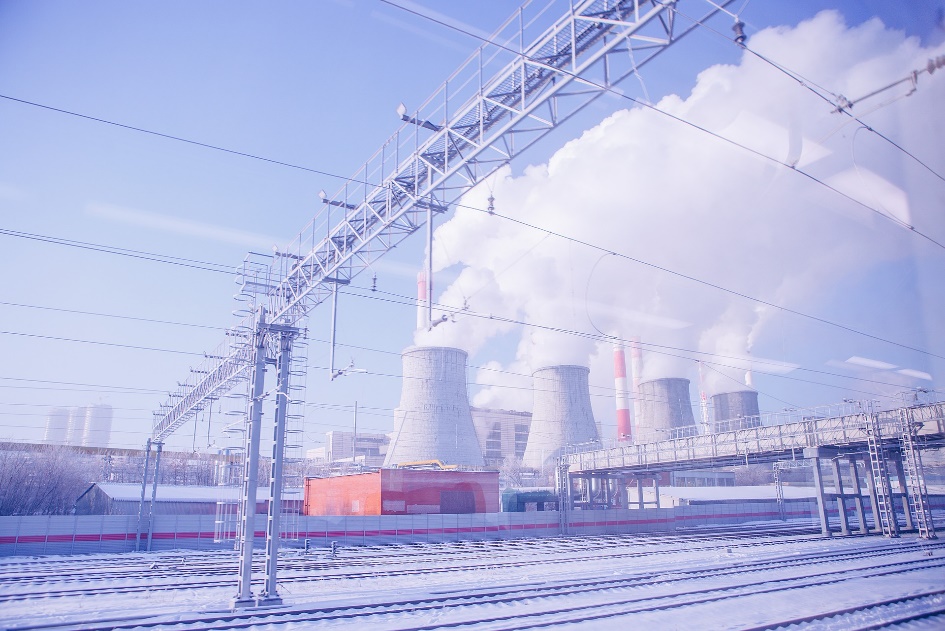1. TOWARDS CIRCULAR ECONOMY
The traditional type of business model, prevailing both in Europe, as well as globally, is called the linear model. It is estimated that currently about 92% of the world’s industry runs within this model[1]. Despite its continuous economic efficiency, the linear model encounters more and more difficulties related to obtaining and ensuring constant supplies of eligible raw materials.
The linear model, in simple terms, is an economic model, which consists of extracting raw materials from which goods are produced. Subsequently, these goods (products) are used and thrown away. This is a model that has been with us since the beginning of the industrial revolution. It is hard to imagine, however, that the pioneers of the new economic systems at that time could have predicted to what extent this system would develop, and at the same time how much waste it would create and how quickly it would contribute to the resource depletion. Nowadays, it is known that this system, straight from the industrial revolution does not work, due to the exhaustion of strategic natural resources, as well as the amount of waste and garbage generated. The time has come to construct new systems and business models adequate to our times.
An alternative system is the circular economy business model (CEBM). This model, which is garnering more and more attention from the scientific and business communities, seeks to address the issues of its predecessor by securing a permanent and reliable access to raw materials. In doing so, it improves business processes, creates enterprises with an innovative way of operating and increases their operational safety, while protecting the natural environment[2]. Currently, around 8% of the world’s industry operates under this system.

Source: https://pixabay.com/pl/photos/thermal-power-station-moscow-rosja-3895097/
To attain economic, environmental and social benefits, companies must create new business models that decouple economic growth from raw material inputs by using a circular approach. In a circular economy, products and resources are used for as long as possible, for example by reusing or repairing products – rather than throwing them away.
The idea of a circular economy is a challenge but, at the same time, a huge opportunity for business. The actions that should be taken are necessary in the light of worrying analyses indicating the depletion of natural resources, and more importantly, changes in the environment negatively affecting human life and health. Experts point out that the transformation of the economy, in the transitional period, which often means inconvenience to market participants, will not result in constraints in consumption and growth of enterprises in the long run. New business models, based on the circular economy model, will result in the creation of new opportunities for enterprises. Currently, most entrepreneurs declare that they implement circular economy solutions to comply with applicable regulations. However, the optimal situation will come when the implementation of circular economy solutions will be more effective for enterprises or at least cost- and quality-neutral. According to experts, this will happen in the near future with the development of technology and solutions for the circular economy.
[1] https://www.profim.pl/wiedza/od-modelu-linearnego-do-obiegu-zamknietego
[2] Gospodarka o obiegu zamkniętym modele, narzędzia, wskaźniki, AGH Kraków, pod red. Iwaszczuk N., Posłuszny K., Wydawnictwa AGH, Kraków 2021, s. 5

 Español
Español Turkish
Turkish български
български Magyar
Magyar Polski
Polski Português
Português